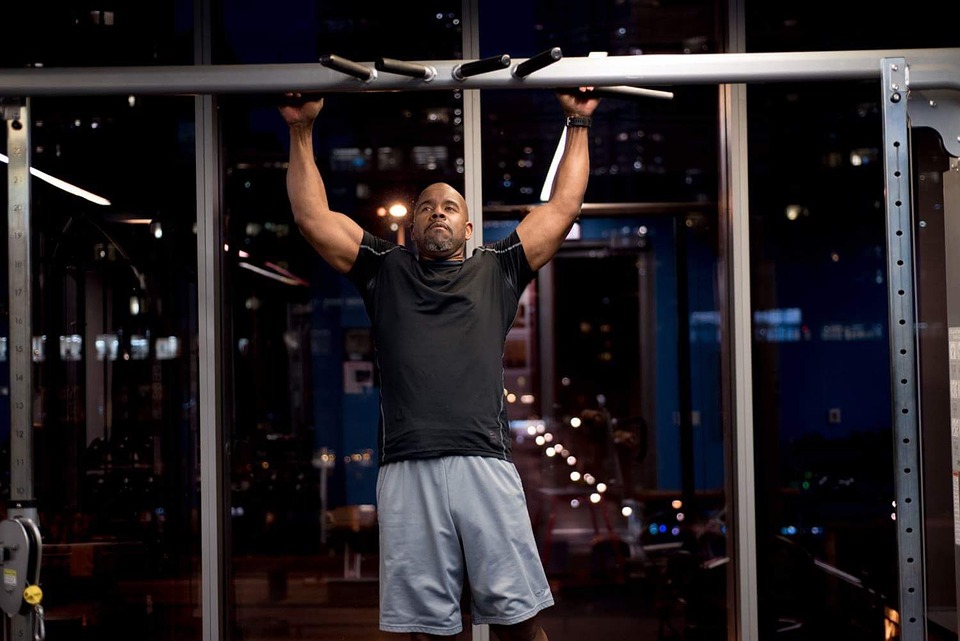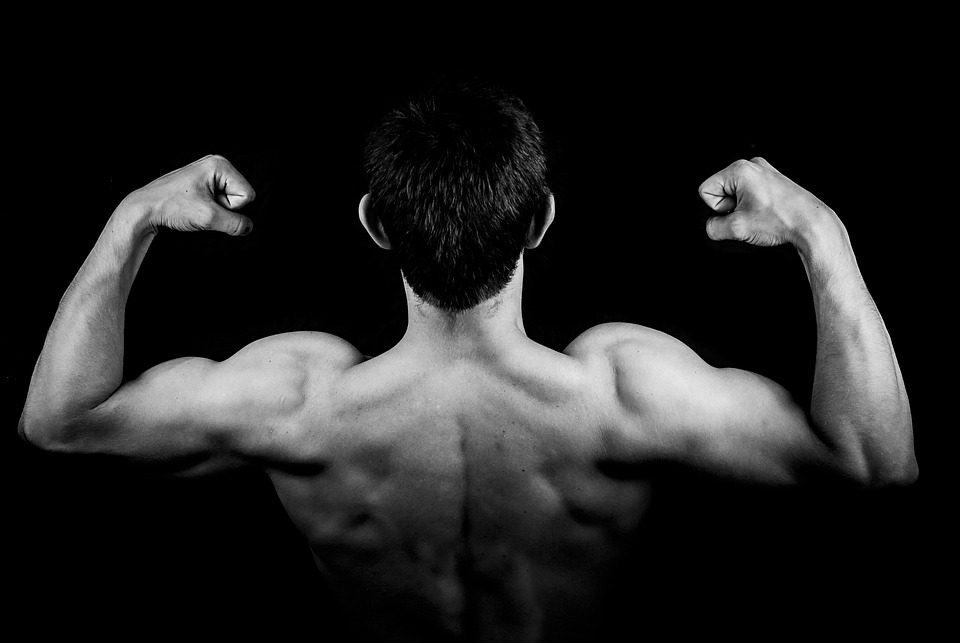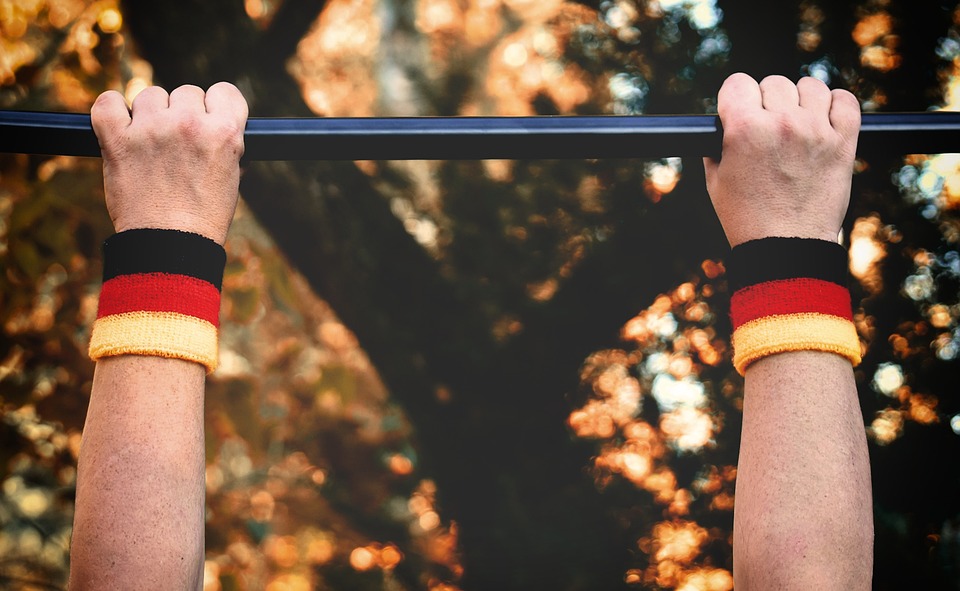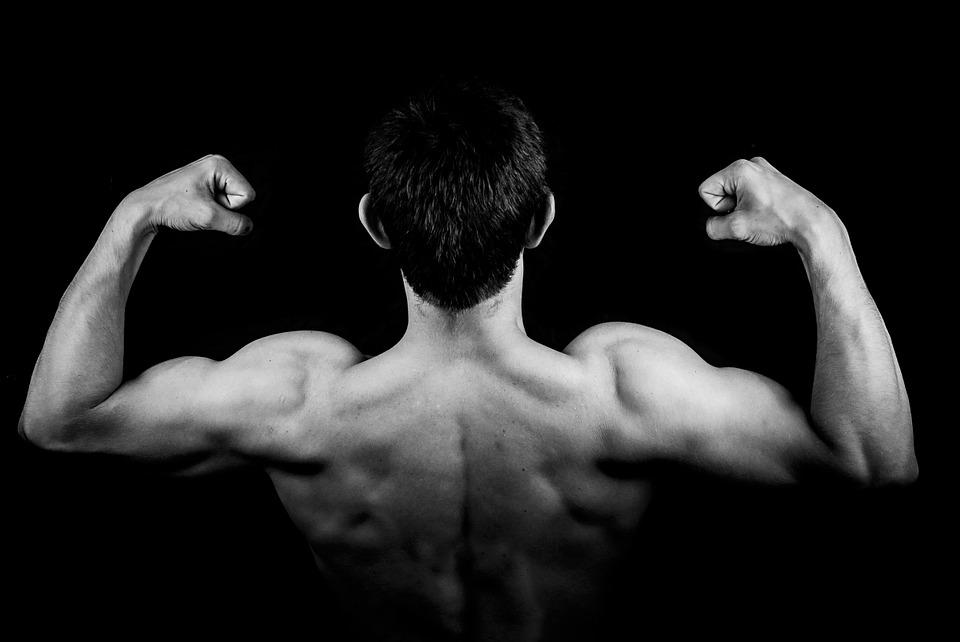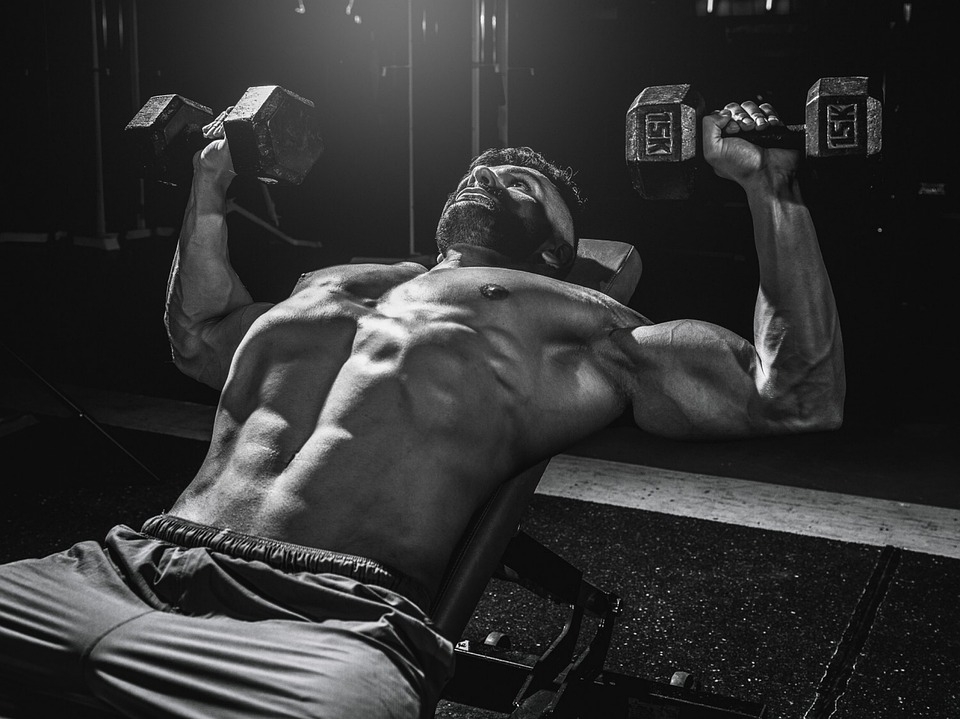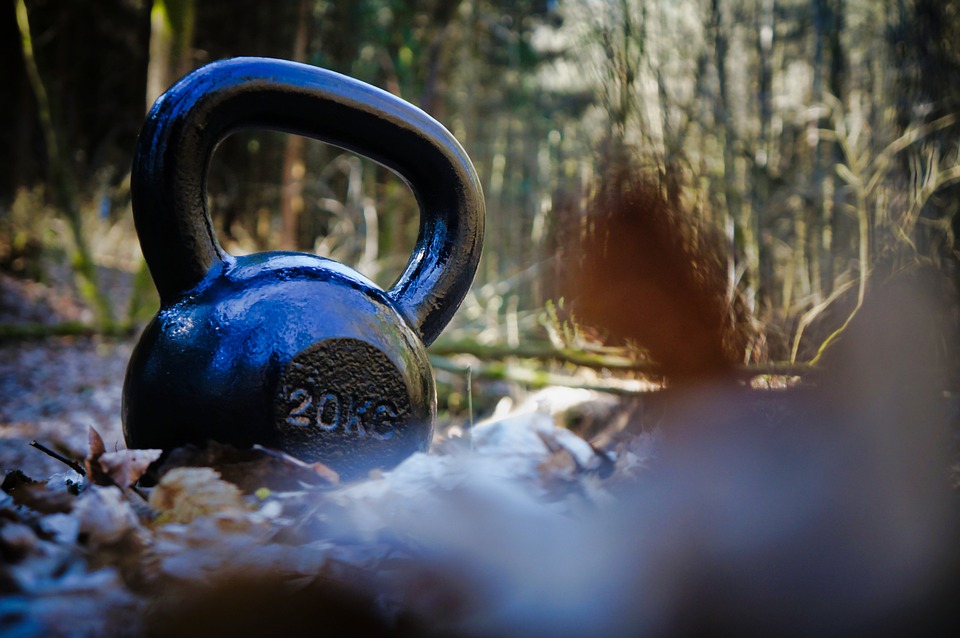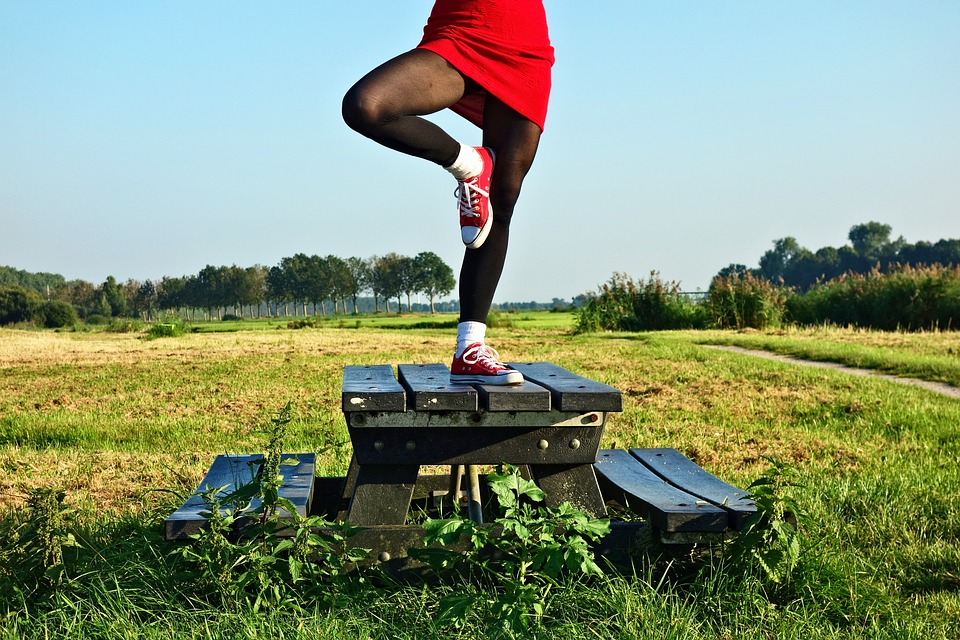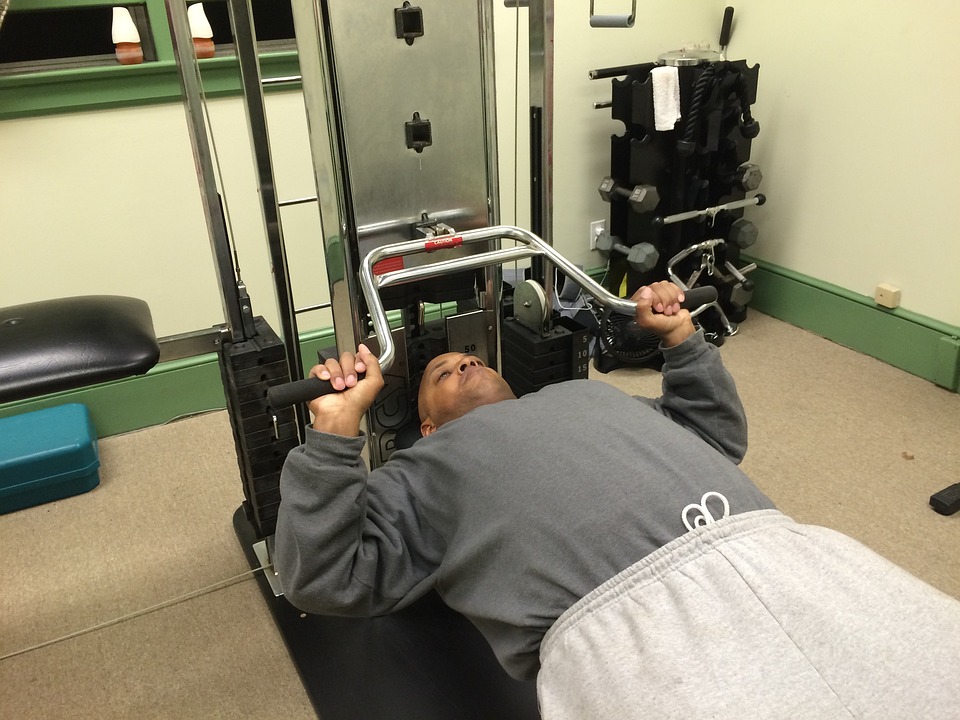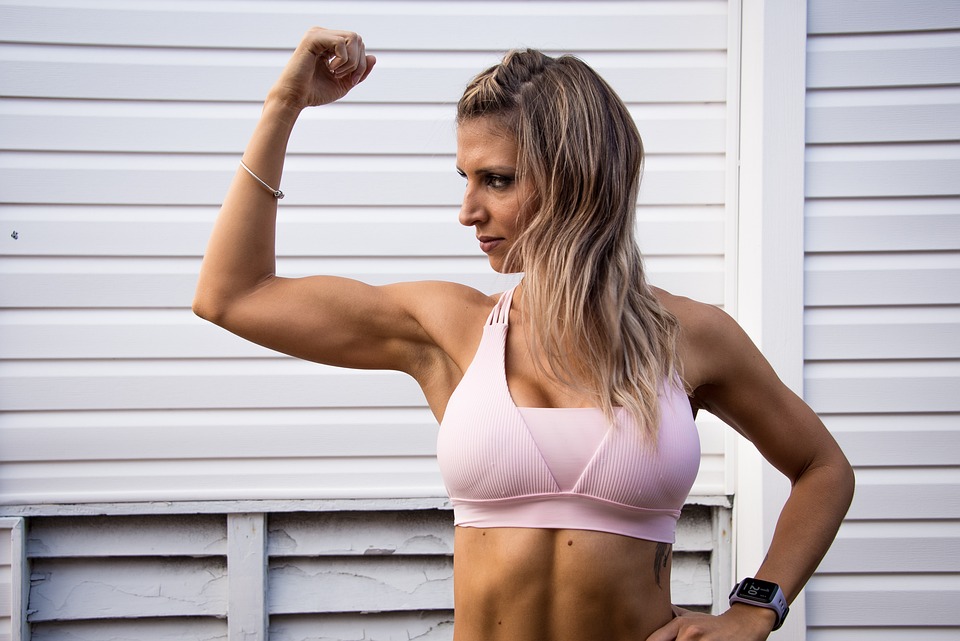
Large biceps indicate that you have worked hard at the gym.
Top 13 Best Bicep Exercises for Mass
1. Barbell Curl
The barbell curl is a classic biceps-builder. The biceps are worked when this exercise is performed correctly and can lead to an increase in size and strength. In general, you can curl more weight with a barbell than with other types of curl variations because you are using both hands to lift a single weight. It’s also straightforward to do. Pick up a barbell with both hands and lift it to your chin. Rinse and repeat.
How to Do the Barbell Curl
Pick up a barbell using an underhand grip, with your hands slightly wider than your shoulders. Keep your chest up and your shoulder blades pulled tightly together. Pull your shoulders back into the socket, which will expose the front of your biceps. For proper posture, the elbows should line up with the shoulder joint, or be slightly in front of the ribs. Be sure to curl the barbell using only your biceps, and be careful not to lean your torso forward, let your shoulders collapse forward, or let your elbows slide backward to the side of your body. Your elbows should stay slightly in front of your shoulders.
2. Chin-Up
The chin-up is a great exercise for developing the biceps and back muscles. All you need is a pull-up bar. You can do chin-ups with just a door-mounted pull-up bar in your home gym. The biceps are usually exposed to loads heavier than one can lift with a barbell since the lifter pulls their own body weight. Lifters may often perform these incorrectly, however, by engaging their shoulder and grip muscles.
How to Do the Chin-Up
Grasp a pull-up bar with your palms facing you and your hands about shoulder-width apart, or slightly wider. Start in a dead hang position with your shoulder blades together and your chin at or above the bar.
3. EZ-Bar Preacher Curl
When you curl on a preacher bench, it lengthens the exercise’s range of motion. This usually results in more muscle growth for the biceps because they are under tension for a longer period of time. The EZ-bar is more comfortable on the wrists and allows you to target different muscle fibers.
How to Do the EZ-Bar Preacher Curl
Sit on a preacher’s bench and lean your triceps back on the pad. Set your body in the same position as the standard barbell biceps curl (chest up, shoulders back, and elbows slightly forward). Grasp the EZ-bar handle on the inner angled pieces. This will put your hands closer together than shoulder-width and with your palms angled slightly outward. Keeping your body still, curl the bar up towards your chest, pausing for a moment at the top to flex your biceps. Lower the weight under control.
4. Hammer Curl
To do a hammer curl, hold a dumbbell in each hand with your palms facing each other. A palm-facing position is more comfortable and allows the person to hoist more weight. The goal of this move is to also target the biceps brachialis and brachioradialis (outer biceps and forearm) to create more arm thickness.
How to Do the Hammer Curl
Hold a dumbbell in each hand while standing. Turn your wrists so that they’re facing each other. To curl the dumbbells, keep your arms tucked in at your sides and flex your elbows slightly. Lower them back down with control.
5. Incline Dumbbell Curl
To perform the incline dumbbell curl, the lifter needs to lay with its back against an incline gym bench. Performing curls while standing on an incline removes the momentum from the movement, making it more difficult to cheat the weight up. This curl variation is more effective because it creates a longer range of motion.
How to Do the Incline Dumbbell Curl
To complete this exercise, lie back on an incline bench at an angle of about 60 degrees, with a dumbbell in each hand. Let your arms hang so they’re fully extended. Keeping your shoulders stationary, lift the weight until it reaches shoulder level. Hold the weight at the top of the lift for a second, and then lower them slowly with control.
6. Facing-Away Cable Curl
To perform the facing-away cable curl, stand facing away between the two cables of a functional trainer or cable tower. This setup gives you the benefits of an incline dumbbell curl, including a longer range of motion, as well as the unique resistance of the cables, which keeps tension on the muscle throughout the entire movement.
How to Do the Facing-Away Cable Curl
Attach the D-handles to the lowest setting on the cable pulleys. Pick up a handle in each hand. Tense your upper back muscles and let your arms hang so they’re fully extended. Without moving your shoulders, curl the weight up toward the top of your chest. After you’ve lifted the weights, hold the top of the movement for a second, then slowly lower the handles.
7. Reverse-Grip Bent-Over Row
The movement can be thought of as a traditional back exercise. It is. This variation of the bent-over row uses a supinated grip, which engages the biceps more than other variations. The barbell allows you to lift heavier weights than other biceps exercises. Not only will you develop your biceps, but you will also strengthen the muscles in your back, leading to a more muscular appearance overall.
How to Do the Reverse-Grip Bent-Over Row
Pick up a barbell using an underhand grip, with your hands should-width apart. Assume the proper bent-over row position, with the back flat and chest up. Row the barbell to the stomach. Use both your back and arms to pull the weight towards you while controlling its descent; repeat this motion for the desired number of repetitions.
8. Cable Curl
The weight of the dumbbell or barbell is the furthest from the body at the midpoint of the lift, making the lift the hardest at that point. Cables keep the muscle under tension throughout the movement as the weight stack is suspended the whole time. This creates more tension in the muscle, leading to more growth. You can also attach different handles to a cable machine’s pulley for varied bicep workouts.
How to Do the Cable Curl
Attach a handle to the pulley of a cable machine, setting it to the lowest height. Keep the handle in both hands and take a few steps back while keeping the tension on the cable (the weight stack should stay elevated). Flex your muscles to curl the bar up to your chest. Once the bar is at chest level, slowly lower it back down to the starting position.
9. Concentration Curl
The purpose of the concentration curl is to focus on the sensation of the biceps muscles working. You sit down on a bench, holding a dumbbell in your hand. You rest your elbow on the inside of your thigh and curl the dumbbell up from fully extended to contracted. Doing one arm at a time means you’re doing more work in total so you’ll burn more calories and let your weaker arm catch up. The curling position also lets you focus on your biceps as you curl a light dumbbell.
How to Do the Concentration Curl
Sit on a bench with your feet set wide enough to allow your arm to hang in the middle, with your elbow resting on the inside of your thigh. With a dumbbell in hand, lift the dumbbell slowly and control, concentrating on using the biceps to move the weight. Flex your muscles as hard as you can at the top of the movement, then slowly lower the weight. Maintain muscle tension throughout the entire range of motion to prevent the biceps from becoming slack.
10. Zottman curls
People avoid doing the Zottman curl because it differs from other exercises that work the biceps brachii. The Zottman curl targets your biceps during the concentric phase and your brachioradialis and brachialis muscles during the eccentric phase.
This ultimately makes your arms appear thicker, as you will be working other key arm muscles that are often overlooked by lifters. Zottman curls are a great bicep exercise to do at the end of a workout to burn out your arms. With Zottman curls, you generally perform very slow and controlled negatives to tear down the remaining muscle fibers.
- Hold a set of dumbbells by your sides with a supinated grip.
- Curl the weights toward your front delts.
- Rotate your hands to a pronated (palms-down) position at the top of the rep.
- Slowly lower the dumbbells back to your sides.
- Switch back to the original underhand grip and repeat for 3-5 sets of 8-15 reps.
11. Spider curls
One of the best biceps exercises for muscle isolation is the spider curl because it limits your ability to cheat by using other body parts. As a result, your biceps have to work harder, which is why spider curls can create a very intense arm pump when you lift with proper form.
To get the most out of your spider curls, squeeze your biceps as hard as you can at the top of each rep. This will help you connect with the muscles better and recruit more muscle fibers.
- Set the backrest of a weight bench to 60 degrees.
- Hold two dumbbells with an underhand grip, and then sit on the bench in a reverse position with your torso pressed against the back pad.
- Let your arms hang down and slightly forward so that your elbows are fully extended.
- Curl the weights toward your shoulders and squeeze your biceps forcefully.
- Hold the contraction for a second, and then lower the dumbbells under control until your elbows are once again locked out.
- Repeat for 3-5 sets of 10-25 reps.
12. Reverse curls
Reverse curls are an excellent way to build the biceps and brachioradialis muscles in the gym. The biceps experience a lot of tension during the movement because the elbow is flexed a lot. An overhand grip during curls also works the forearm muscle called the brachioradialis. This muscle contributes to the size of your arms when they are hanging down by your side. It does this by filling out the top part of your forearms.
Reverse curls also work the brachialis. This is a slow-twitch muscle that is active when the biceps are in a position of mechanical disadvantage, for example when curling with an overhand grip.
The brachialis muscle can improve the biceps brachii’s peak by pushing it out more. If you want to have a nice sculpted set of arms, don’t skip this bicep training drill.
- Hold a barbell in front of you with a thumbless overhand grip, just inside shoulder-width.
- Curl the bar toward your chest while keeping your elbows still.
- Keep curling until the tops of your forearms make firm contact with your biceps.
- Pause for a split second at the top of the rep and then lower the weight under control.
- Repeat the motion for 3-5 sets of 8-15 reps.
13. High Cable Curl
In this variation of the high cable curl, the cables are curled while the shoulders are flexed and the palms are facing up. For this exercise, the cables will be set at about shoulder height. Many people believe that curling your arms from a high, extended position targets the shorter biceps head, which is what creates the desired biceps peak.
How to Do the High Cable
Attach D-handles to each cable pulley of a shoulder-height cable pulley system. With your palms facing up, grab the bar. You should keep tension on your biceps the entire time you are performing the movement, and then lower the weight slowly back to the starting position. The key to this exercise is to keep your shoulders in the same position throughout the range of motion and not let your elbows dip. Keeping your upper back tense will help your shoulders stay in place and your arms in a constant position, which in turn will increase tension in your biceps.
Dual Cable Preacher Curl
Instead of using one cable, this preacher curls variation uses two cables on a functional trainer. The preacher curl provides many benefits, especially the opposing force created by the preacher bench. This variation increases the difficulty of the exercise by adding the weight of the cables, which provides resistance throughout the entire range of motion. The person lifting will grab each handle and put it in position on the preacher bench. Once stable, the lifter will maintain its shoulder position, extend the arm backward, and curl the weight up — creating a large amount of tension in the biceps.
How to Do the Dual Cable Preacher Curl
Position a preacher bench a few feet away from a cable tower with two cables attached. You want the pulleys to be lower than the bench so that when you attach the weight, it won’t pull the bench over. After sitting on the preacher’s bench, have a training partner hand you both handles. Rest your elbows on the pad. Allow your elbows to bend until they are close to being locked out, and then curl the weight back up.

